Imagine I have a MP3 player and one male-to-male TRS cable that could be connected or not to the output of that MP3 player on END1. By having a multimeter on the other end END2 of the cable, how could I detect if the cable is connected there or not?
How do I have to do in order to proceed on that?
This is the multimeter I have:
and this is END2 which I will use for my measures:
Could you let me know on what position do I have to configure the multimeter and how to interpret the measures? I'm a bit new on electronic so details are welcome for me.
Thanks!

